In his forthcoming part-history-part-memoir titled How India Sees the World, Shyam Saran has claimed that he and his Pakistani counterpart Riaz Mohammad Khan were close to breakthrough
In 2006, the stage was set between India and Pakistan to clinch a deal over the issue of Siachen — the world's highest battlefield where the climate has claimed more lives than gunfire — but the process was scuttled by India's then National Security Advisor (NSA) MK Narayanan, former Foreign Secretary Shyam Saran has claimed.
In his forthcoming part-history-part-memoir titled How India Sees the World, Saran has claimed that he and his Pakistani counterpart Riaz Mohammad Khan were close to breakthrough. He has claimed that the deal was even consented by the Indian Army, and mentioned its finer points, including current positions of the forces of the two countries, the positions to which they would withdraw, a schedule for redeployment, and a joint monitoring mechanism to prevent mutual intrusions. All this would have been recorded in an annexure to the main agreement.
In their tumultuous relations, India and Pakistan had already missed two possible deals on the Himalayan territory — located as high as 20,000 feet above sea level — in 1989 and 1992.
"To give the document additional strength, we insisted, and the Pakistani side agreed, that both the agreement and the annexure will be signed, and that the main agreement will explicitly declare that the annexure had the same legal validity as the agreement itself," records Saran, who also worked as adviser to then Prime Minister Manmohan Singh.
Prime Minister Singh, who was keen on the agreement had directed the Foreign Secretary to obtain a consensus from all key stakeholders. "I did many rounds of consultations, both at the senior bureaucratic and ministerial levels in the ministries of defence, home and finance (whose members are part of the Cabinet Committee on Security (CCS)," he said.
Saran claimed that then Army Chief General JJ Singh and the chiefs of all intelligence agencies were also brought on board.
The deal was consented by the Army and its intricate technical details including the points and timing of redeployment and also the phases in which it would have been implemented and the structure of the monitoring mechanism were actually worked out by the Director-General Of Military Operations.
After all this exercise, when approval from the CCS was seen as a mere formality, the deal was aborted after Narayanan launched a bitter offensive. The draft agreement, along with the annexures, had been put together in a note to the CCS for approval so that it could be presented as a proposal from the Indian side at the India–Pakistan Defence Secretary-level talks scheduled for May 2006. The note had been examined and agreed to by all relevant stakeholders and agencies. The CCS approval was, therefore, expected to come as a matter of course.
"When the CCS meeting was held on the eve of the Defence Secretary-level talks, the NSA launched an offensive, saying that Pakistan could not be trusted, and that there will be political and public opposition to any such initiative and that India's military position in the northern sector vis-à-vis both Pakistan and China will be compromised. General Singh, who had happily gone along with the proposal in its earlier iterations, now decided to join Narayanan in rubbishing it," records Saran in the book.
In the meeting, Home Minister Shivraj Patil and Defence Minister Pranab Mukherjee decided to play it safe and proposed the deferment of its consideration until further study. The Prime Minister, who was keen to see the deal through, chose to keep silent. In the ensuing exchange of words, Narayanan, went further suggesting that Siachen be taken off the agenda of India–Pakistan talks entirely and that this should be communicated to the visiting Pakistani Defence Secretary at forthcoming talks. At this stage, Mukherjee stepped in to support Saran. He pointed out that Rajiv Gandhi himself had agreed to include Siachen in the India–Pakistan dialogue.
Saran recalls that in 2007, when he visited a couple of high-altitude posts at the Siachen Glacier as part of a border infrastructure survey, he informally asked stationed officers it they would support a mutual withdrawal by India and Pakistan from the glacier. "The answer was an unqualified yes. I then asked whether we could risk Pakistani occupation of the area vacated by us. The officers replied that nothing better could happen because the Pakistanis would suffer 'what we have been going through these past several years," he records in the book. The opportunity to finally resolve a long-standing issue and a constant source of bitterness in Pakistan was lost.
Saran has also referred to Prime Minister Atal Bihari Vajpayee and President Pervez Musharraf's back channel and confidential talks on Kashmir at their January 2004 meeting in Islamabad, which continued during Manmohan Singh's era as well. He also mentions another tiff with Narayanan, when he tried to rock the boat of the Indo-US nuclear deal. Even though being chief negotiator, Narayanan had excluded him from an apex committee consisting of the Department Of Atomic Energy and PMO officials.
"It often turned out that I was negotiating with William Burns on one side and the PMO on the other. Narayanan became the interlocutor between the negotiating team and the DAE, which seemed to be convinced that we were about to sell the store to the Americans," he added.
![submenu-img]() BMW i5 M60 xDrive launched in India, all-electric sedan priced at Rs 11950000
BMW i5 M60 xDrive launched in India, all-electric sedan priced at Rs 11950000![submenu-img]() This superstar was arrested several times by age 17, thrown out of home, once had just Rs 250, now worth Rs 6600 crore
This superstar was arrested several times by age 17, thrown out of home, once had just Rs 250, now worth Rs 6600 crore![submenu-img]() Meet Reliance’s highest paid employee, gets over Rs 240000000 salary, he is Mukesh Ambani’s…
Meet Reliance’s highest paid employee, gets over Rs 240000000 salary, he is Mukesh Ambani’s… ![submenu-img]() Meet lesser-known relative of Mukesh Ambani, Anil Ambani, has worked with BCCI, he is married to...
Meet lesser-known relative of Mukesh Ambani, Anil Ambani, has worked with BCCI, he is married to...![submenu-img]() Made in just Rs 95,000, this film was a superhit, but destroyed lead actress' career, saw controversy over bold scenes
Made in just Rs 95,000, this film was a superhit, but destroyed lead actress' career, saw controversy over bold scenes![submenu-img]() DNA Verified: Is CAA an anti-Muslim law? Centre terms news report as 'misleading'
DNA Verified: Is CAA an anti-Muslim law? Centre terms news report as 'misleading'![submenu-img]() DNA Verified: Lok Sabha Elections 2024 to be held on April 19? Know truth behind viral message
DNA Verified: Lok Sabha Elections 2024 to be held on April 19? Know truth behind viral message![submenu-img]() DNA Verified: Modi govt giving students free laptops under 'One Student One Laptop' scheme? Know truth here
DNA Verified: Modi govt giving students free laptops under 'One Student One Laptop' scheme? Know truth here![submenu-img]() DNA Verified: Shah Rukh Khan denies reports of his role in release of India's naval officers from Qatar
DNA Verified: Shah Rukh Khan denies reports of his role in release of India's naval officers from Qatar![submenu-img]() DNA Verified: Is govt providing Rs 1.6 lakh benefit to girls under PM Ladli Laxmi Yojana? Know truth
DNA Verified: Is govt providing Rs 1.6 lakh benefit to girls under PM Ladli Laxmi Yojana? Know truth![submenu-img]() In pics: Arti Singh stuns in red lehenga as she ties the knot with beau Dipak Chauhan in dreamy wedding
In pics: Arti Singh stuns in red lehenga as she ties the knot with beau Dipak Chauhan in dreamy wedding![submenu-img]() Actors who died due to cosmetic surgeries
Actors who died due to cosmetic surgeries![submenu-img]() See inside pics: Malayalam star Aparna Das' dreamy wedding with Manjummel Boys actor Deepak Parambol
See inside pics: Malayalam star Aparna Das' dreamy wedding with Manjummel Boys actor Deepak Parambol ![submenu-img]() In pics: Salman Khan, Alia Bhatt, Rekha, Neetu Kapoor attend grand premiere of Sanjay Leela Bhansali's Heeramandi
In pics: Salman Khan, Alia Bhatt, Rekha, Neetu Kapoor attend grand premiere of Sanjay Leela Bhansali's Heeramandi![submenu-img]() Streaming This Week: Crakk, Tillu Square, Ranneeti, Dil Dosti Dilemma, latest OTT releases to binge-watch
Streaming This Week: Crakk, Tillu Square, Ranneeti, Dil Dosti Dilemma, latest OTT releases to binge-watch![submenu-img]() What is inheritance tax?
What is inheritance tax?![submenu-img]() DNA Explainer: What is cloud seeding which is blamed for wreaking havoc in Dubai?
DNA Explainer: What is cloud seeding which is blamed for wreaking havoc in Dubai?![submenu-img]() DNA Explainer: What is Israel's Arrow-3 defence system used to intercept Iran's missile attack?
DNA Explainer: What is Israel's Arrow-3 defence system used to intercept Iran's missile attack?![submenu-img]() DNA Explainer: How Iranian projectiles failed to breach iron-clad Israeli air defence
DNA Explainer: How Iranian projectiles failed to breach iron-clad Israeli air defence![submenu-img]() DNA Explainer: What is India's stand amid Iran-Israel conflict?
DNA Explainer: What is India's stand amid Iran-Israel conflict?![submenu-img]() This superstar was arrested several times by age 17, thrown out of home, once had just Rs 250, now worth Rs 6600 crore
This superstar was arrested several times by age 17, thrown out of home, once had just Rs 250, now worth Rs 6600 crore![submenu-img]() Made in just Rs 95,000, this film was a superhit, but destroyed lead actress' career, saw controversy over bold scenes
Made in just Rs 95,000, this film was a superhit, but destroyed lead actress' career, saw controversy over bold scenes![submenu-img]() Meet 72-year-old who earns Rs 280 cr per film, Asia's highest-paid actor, bigger than Shah Rukh, Salman, Akshay, Prabhas
Meet 72-year-old who earns Rs 280 cr per film, Asia's highest-paid actor, bigger than Shah Rukh, Salman, Akshay, Prabhas![submenu-img]() This star, who once lived in chawl, worked as tailor, later gave four Rs 200-crore films; he's now worth...
This star, who once lived in chawl, worked as tailor, later gave four Rs 200-crore films; he's now worth...![submenu-img]() Tamil star Prasanna reveals why he chose series Ranneeti for Hindi debut: 'Getting into Bollywood is not...'
Tamil star Prasanna reveals why he chose series Ranneeti for Hindi debut: 'Getting into Bollywood is not...'![submenu-img]() IPL 2024: Virat Kohli, Rajat Patidar fifties and disciplined bowling help RCB beat Sunrisers Hyderabad by 35 runs
IPL 2024: Virat Kohli, Rajat Patidar fifties and disciplined bowling help RCB beat Sunrisers Hyderabad by 35 runs![submenu-img]() 'This is the problem in India...': Wasim Akram's blunt take on fans booing Mumbai Indians skipper Hardik Pandya
'This is the problem in India...': Wasim Akram's blunt take on fans booing Mumbai Indians skipper Hardik Pandya![submenu-img]() KKR vs PBKS, IPL 2024: Predicted playing XI, live streaming details, weather and pitch report
KKR vs PBKS, IPL 2024: Predicted playing XI, live streaming details, weather and pitch report![submenu-img]() KKR vs PBKS IPL 2024 Dream11 prediction: Fantasy cricket tips for Kolkata Knight Riders vs Punjab Kings
KKR vs PBKS IPL 2024 Dream11 prediction: Fantasy cricket tips for Kolkata Knight Riders vs Punjab Kings![submenu-img]() IPL 2024: KKR star Rinku Singh finally gets another bat from Virat Kohli after breaking previous one - Watch
IPL 2024: KKR star Rinku Singh finally gets another bat from Virat Kohli after breaking previous one - Watch![submenu-img]() Viral video: Teacher's cute way to capture happy student faces melts internet, watch
Viral video: Teacher's cute way to capture happy student faces melts internet, watch![submenu-img]() Woman attends online meeting on scooter while stuck in traffic, video goes viral
Woman attends online meeting on scooter while stuck in traffic, video goes viral![submenu-img]() Viral video: Pilot proposes to flight attendant girlfriend before takeoff, internet hearts it
Viral video: Pilot proposes to flight attendant girlfriend before takeoff, internet hearts it![submenu-img]() Pakistani teen receives life-saving heart transplant from Indian donor, details here
Pakistani teen receives life-saving heart transplant from Indian donor, details here![submenu-img]() Viral video: Truck driver's innovative solution to beat the heat impresses internet, watch
Viral video: Truck driver's innovative solution to beat the heat impresses internet, watch


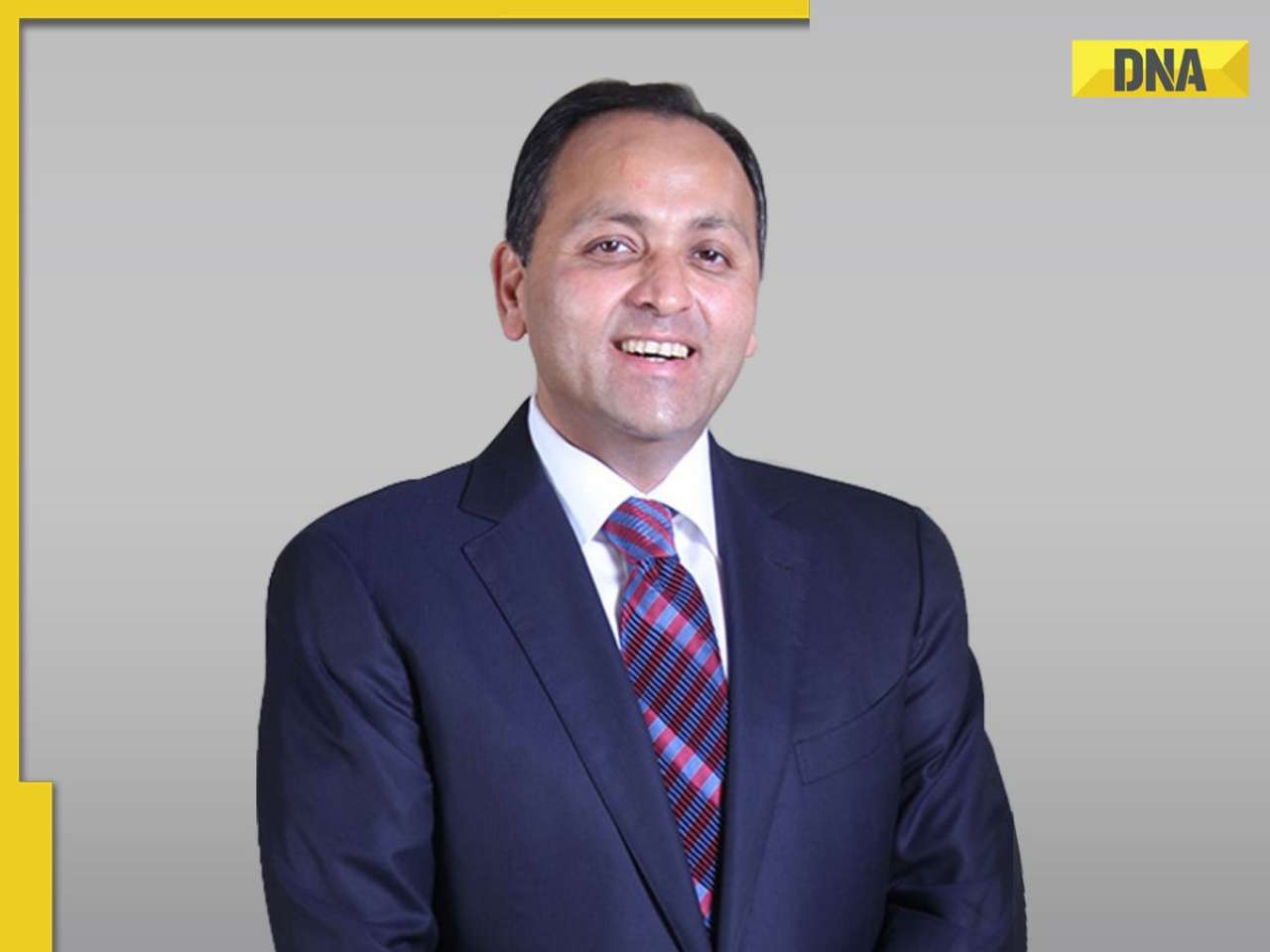
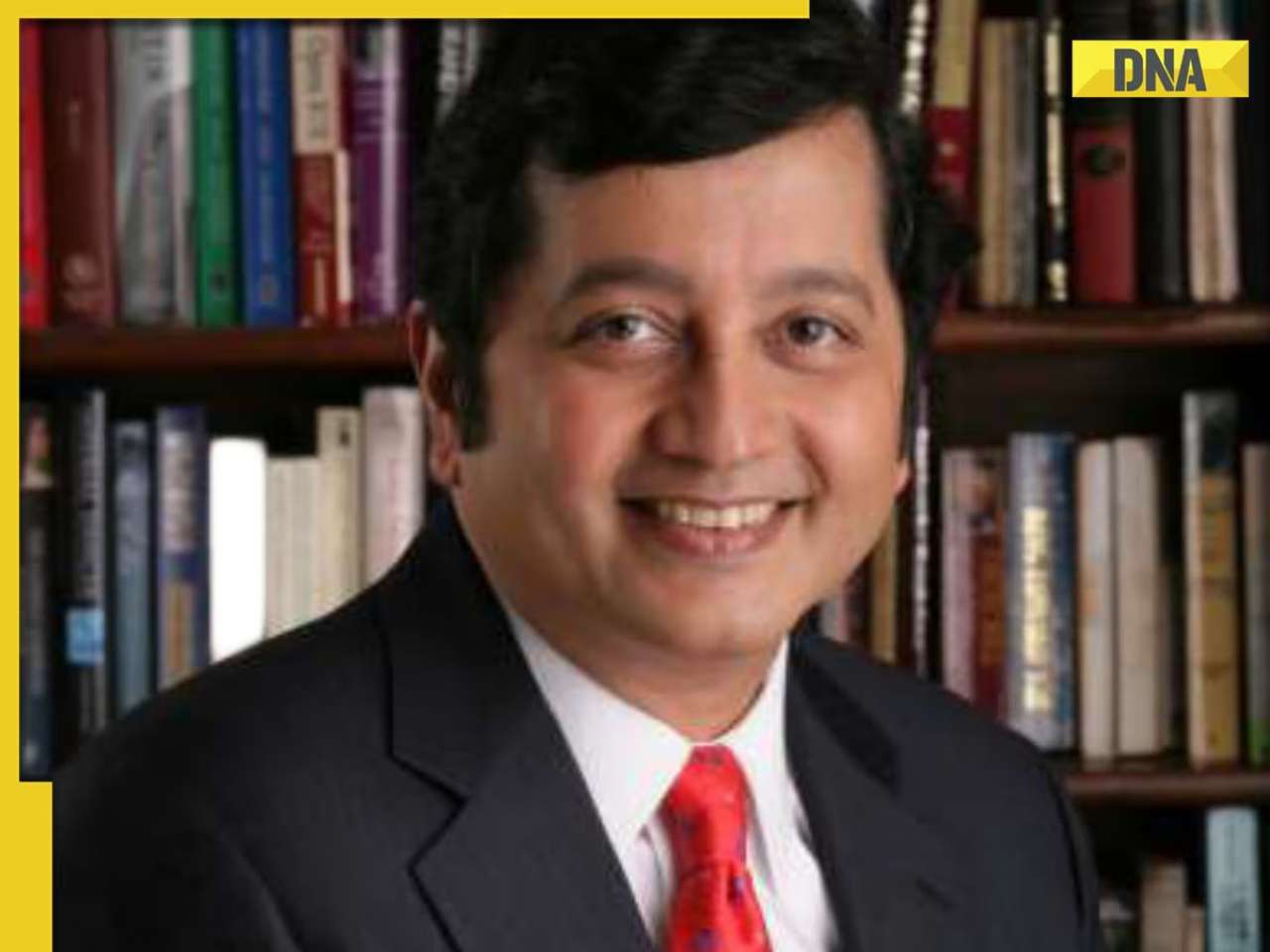






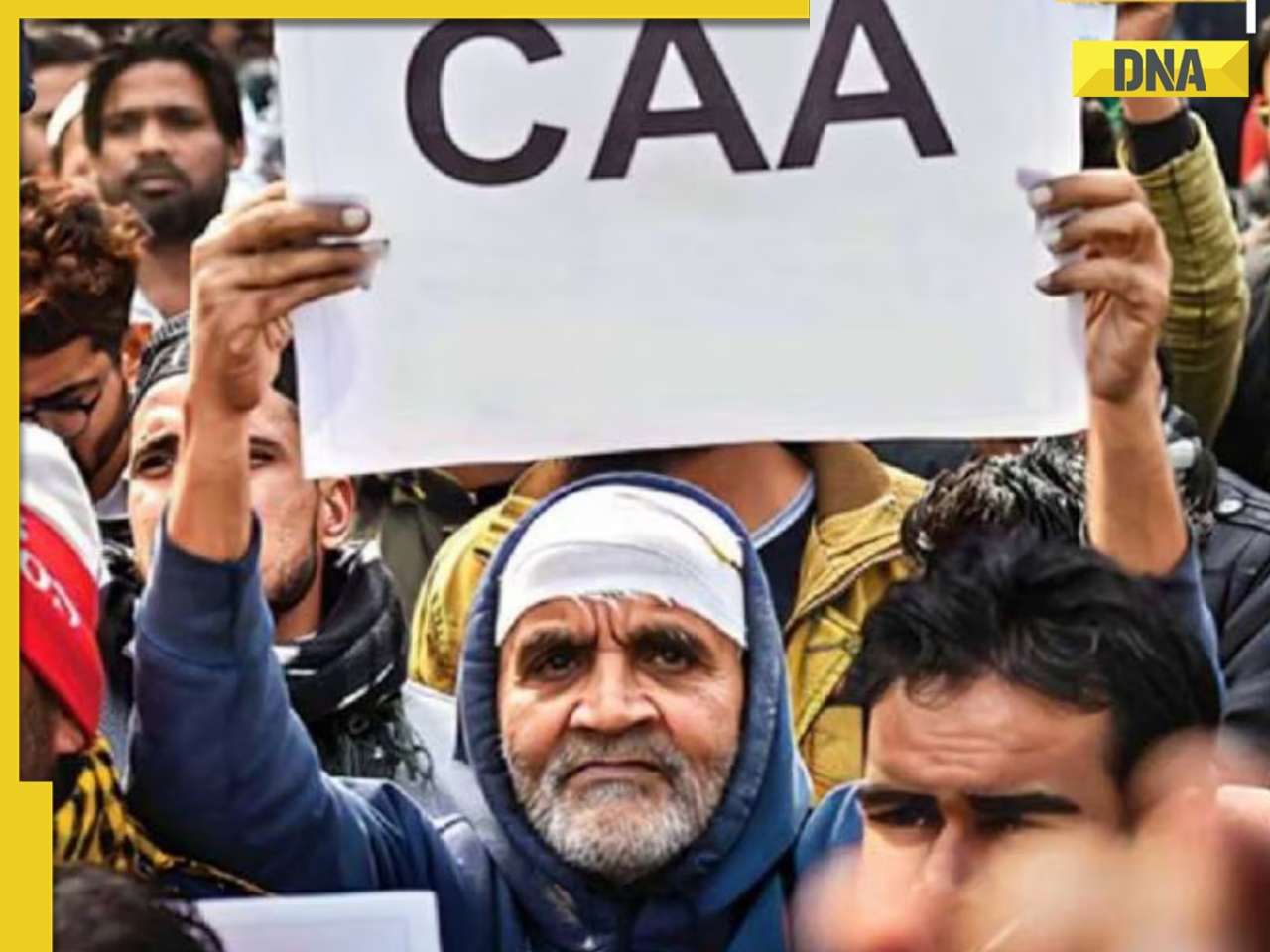
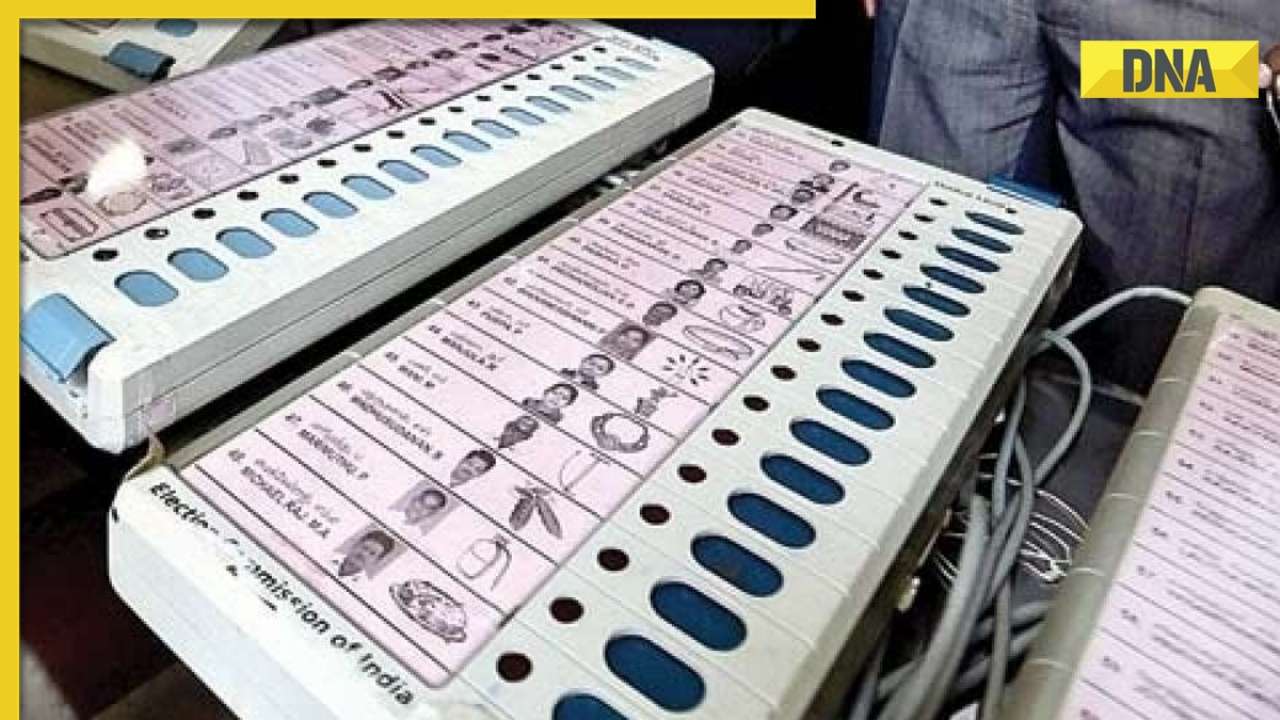
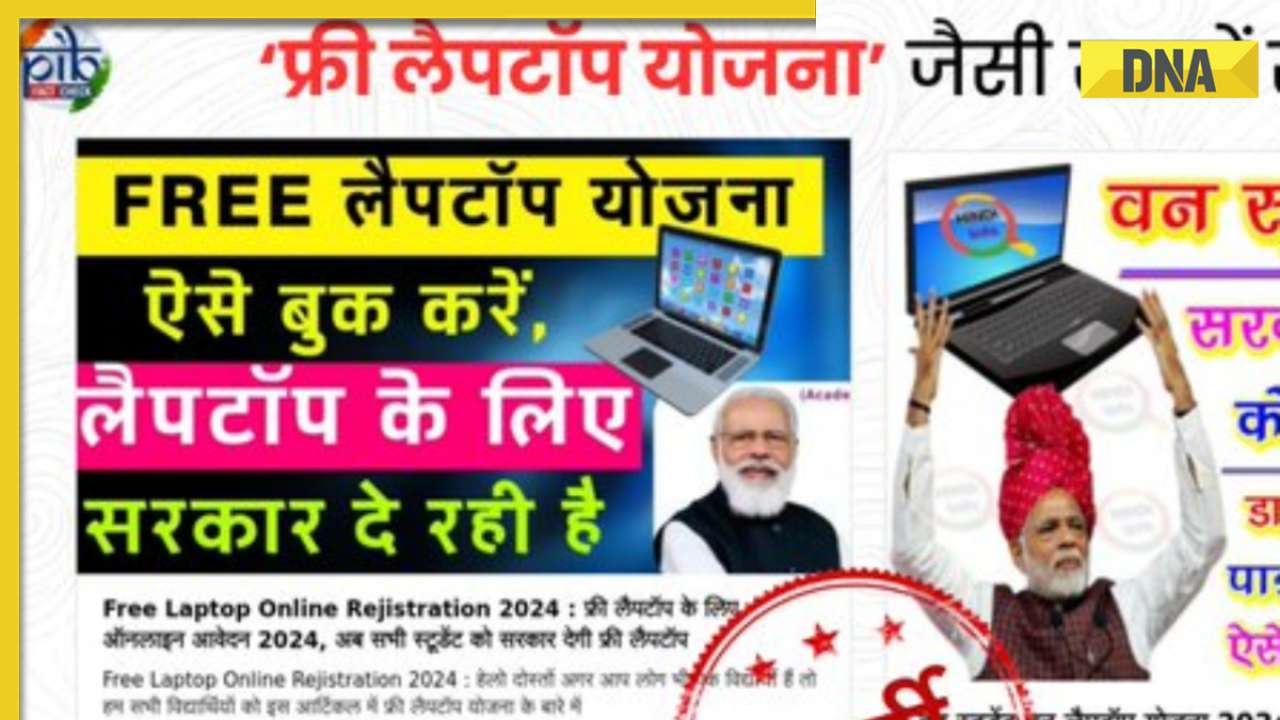
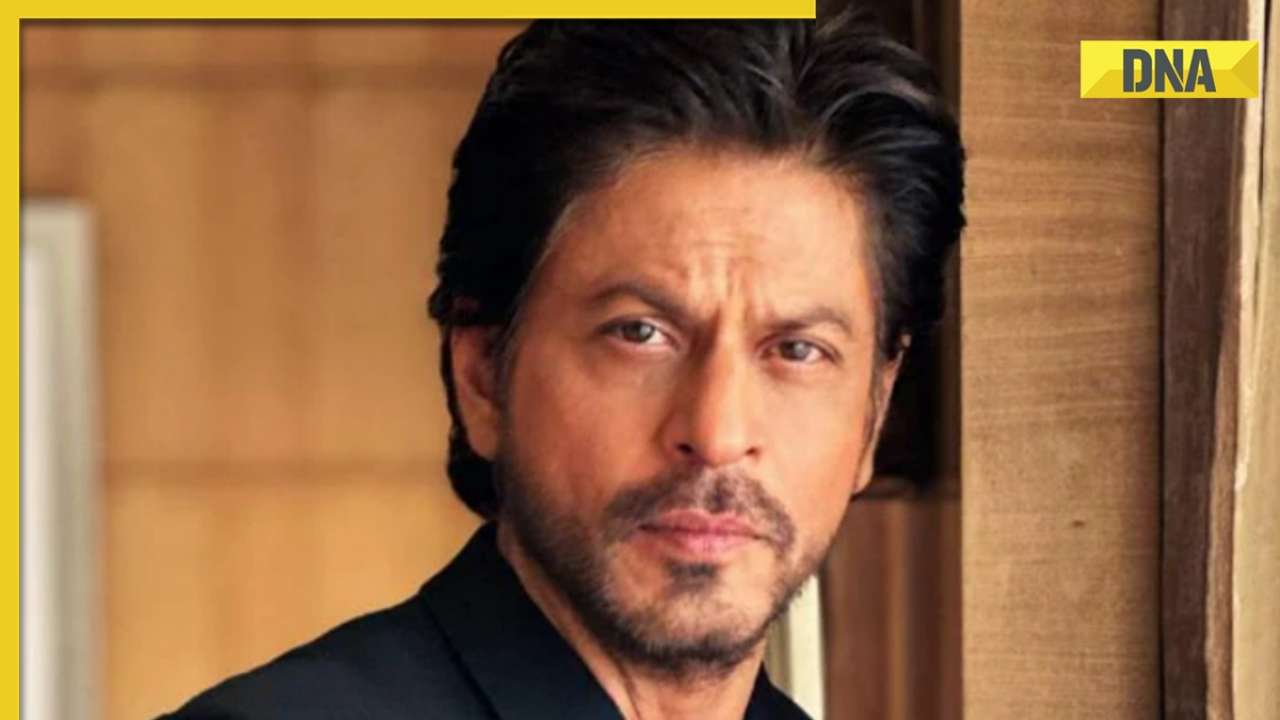
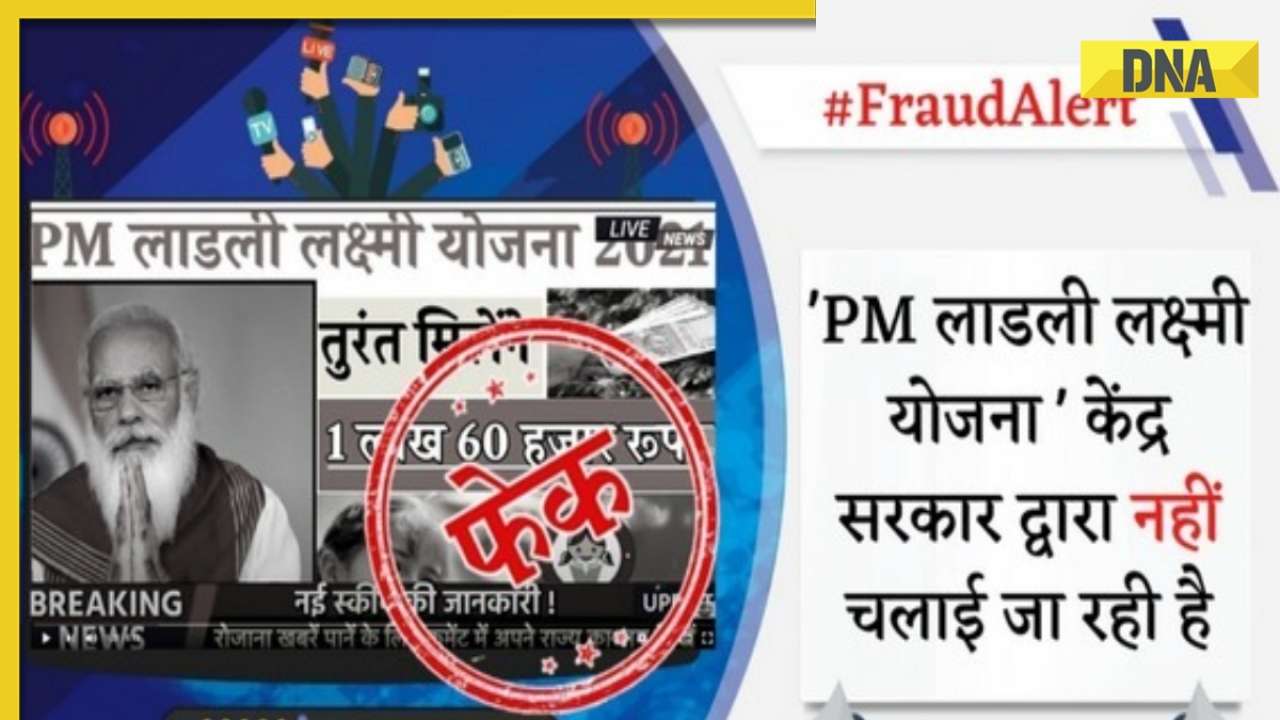






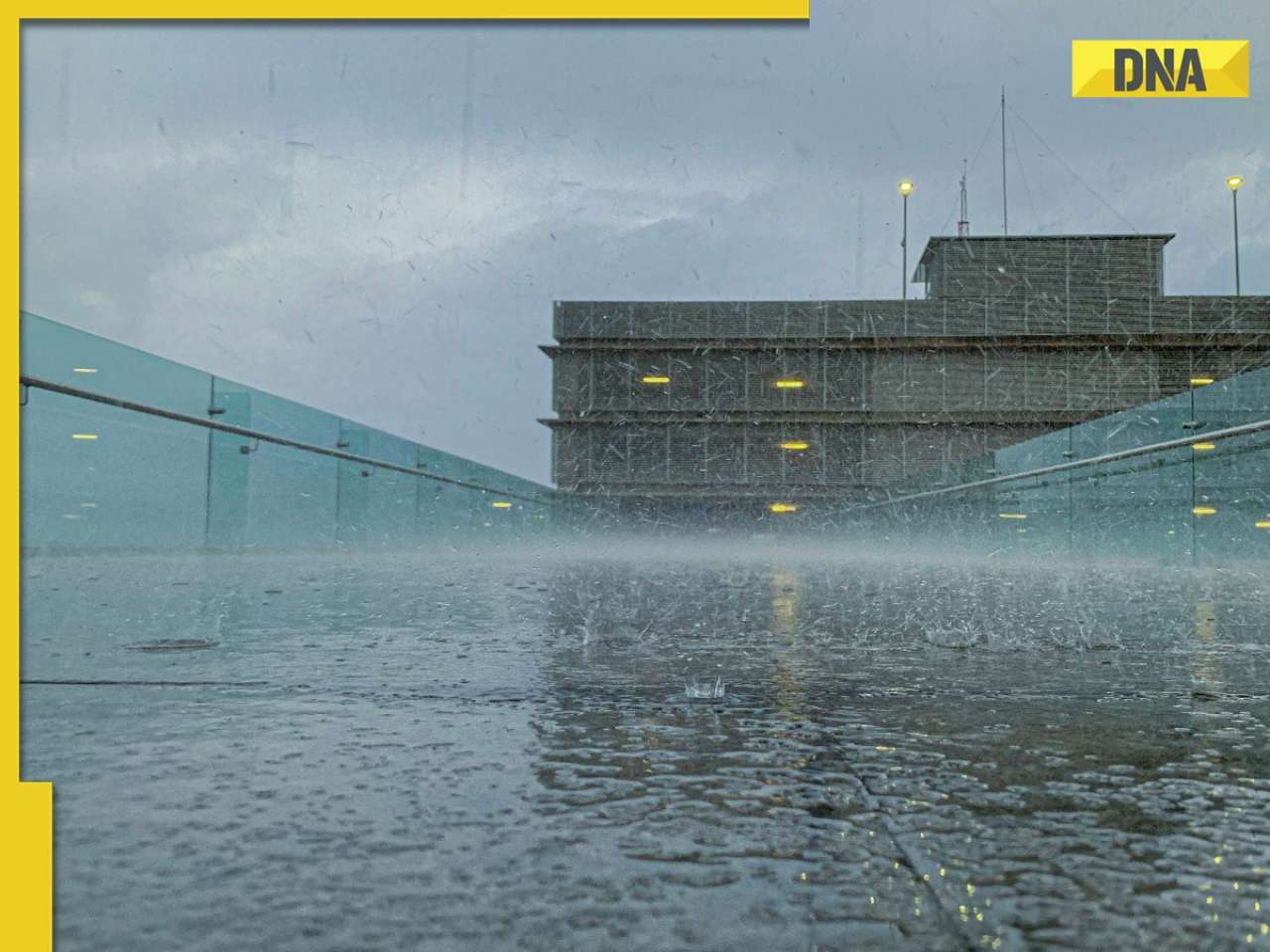
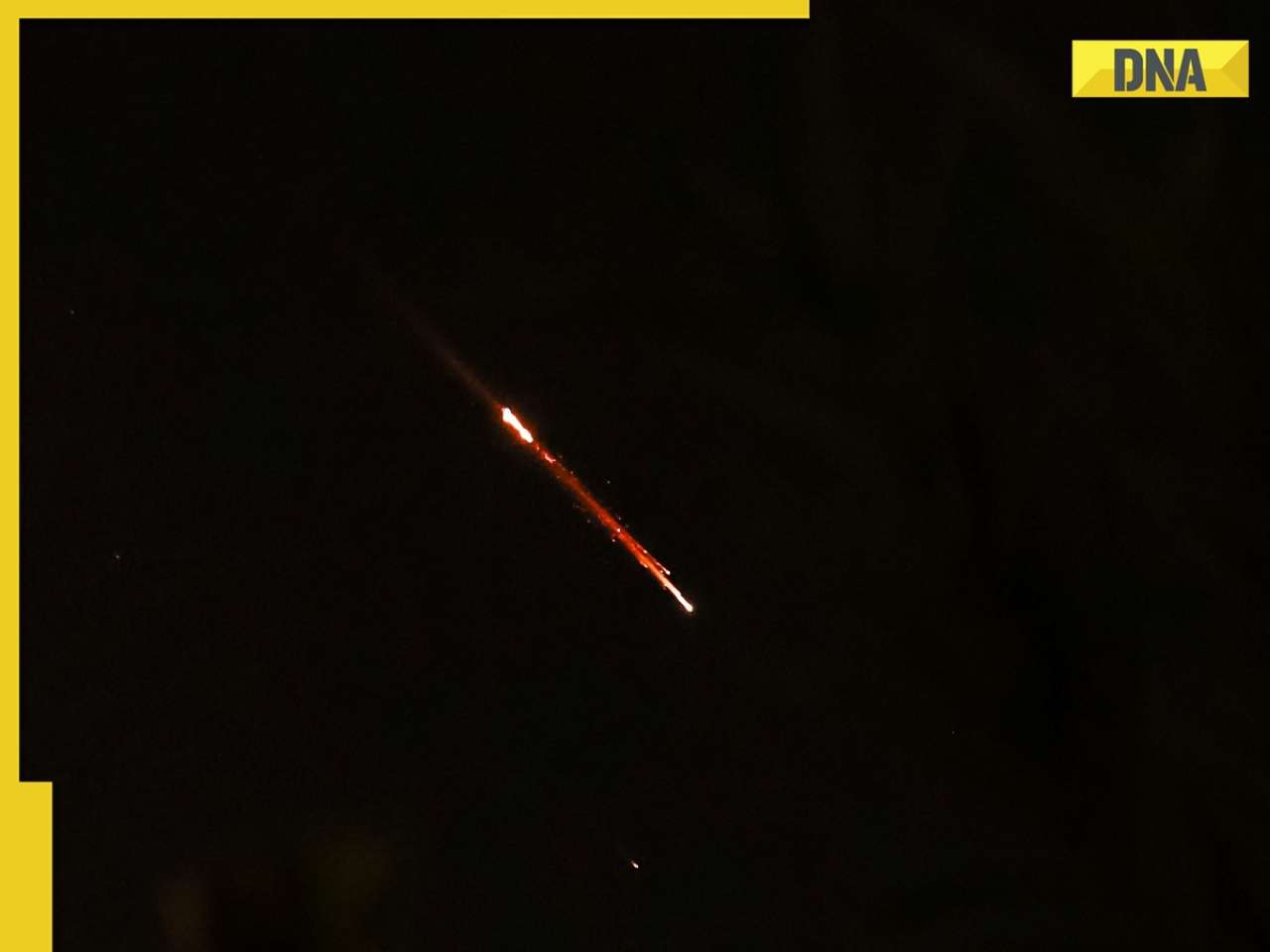

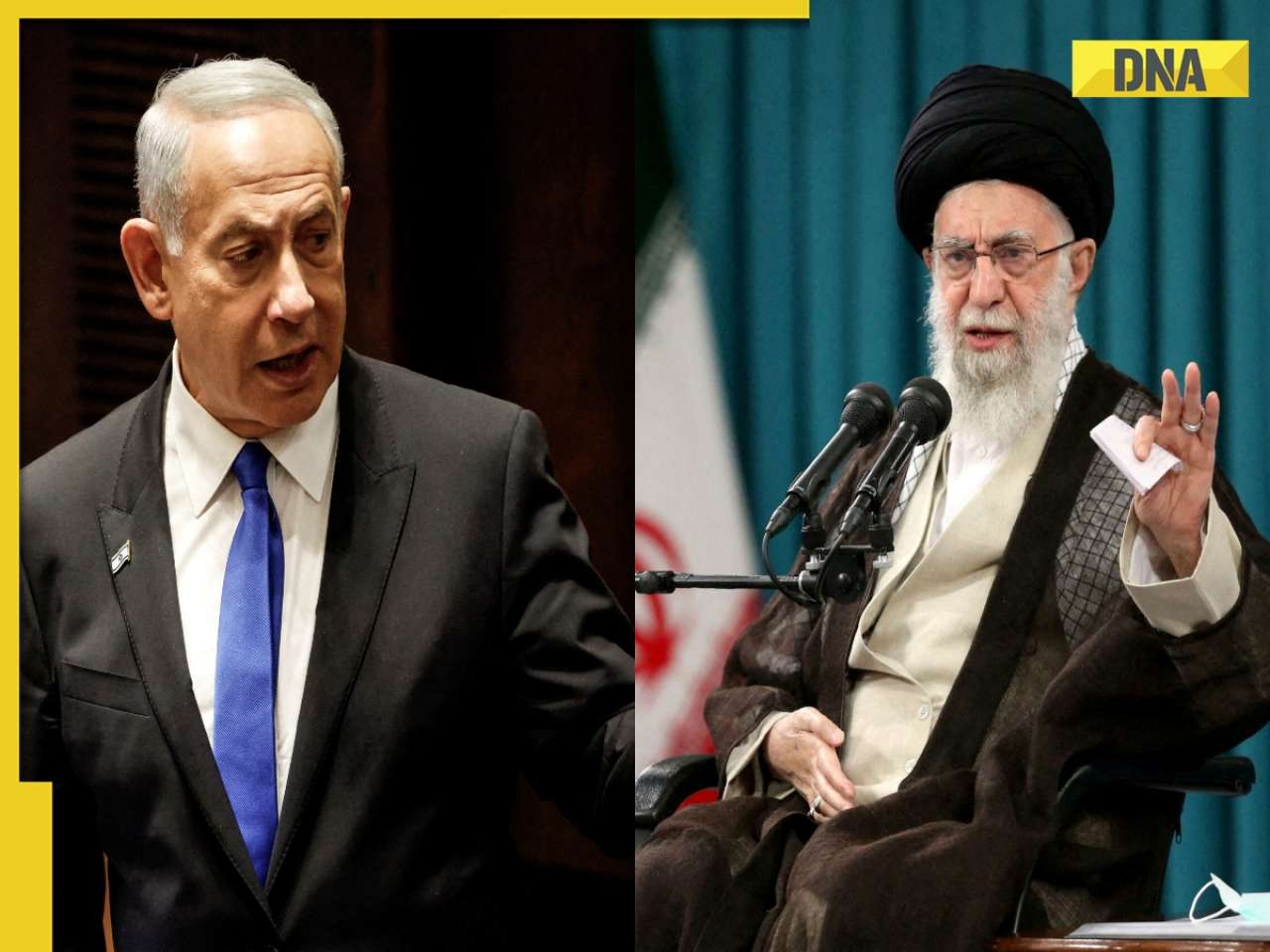



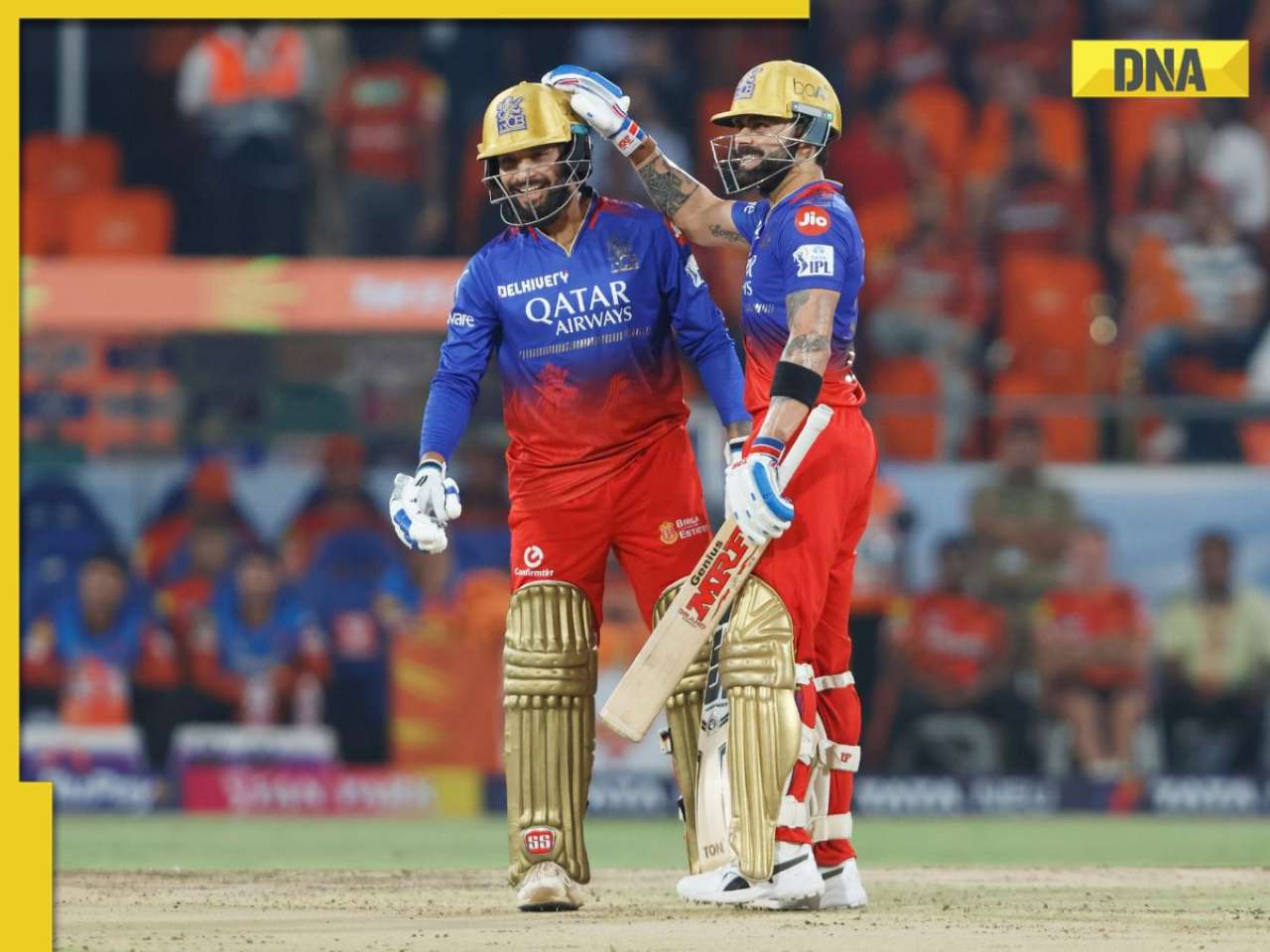
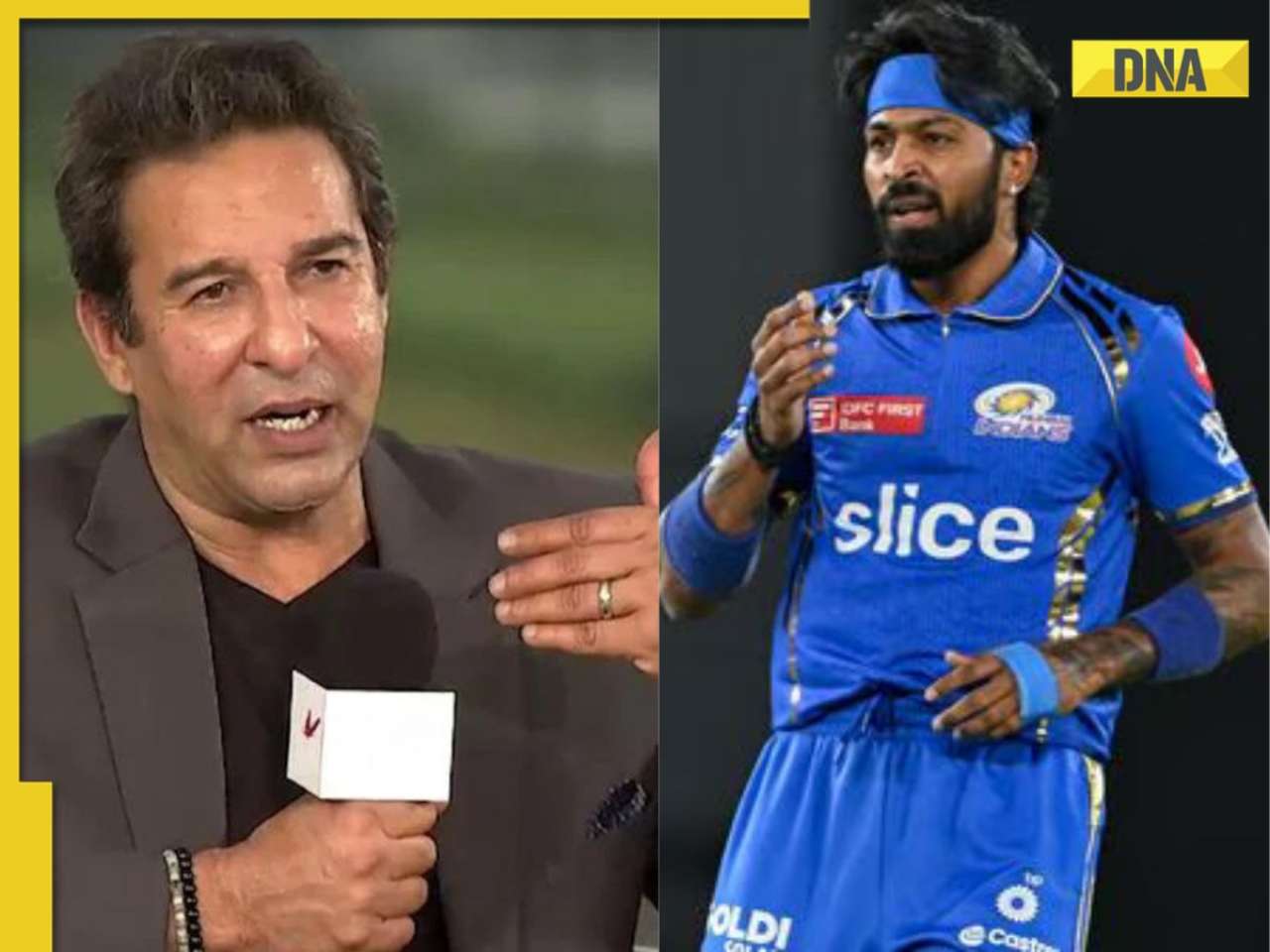

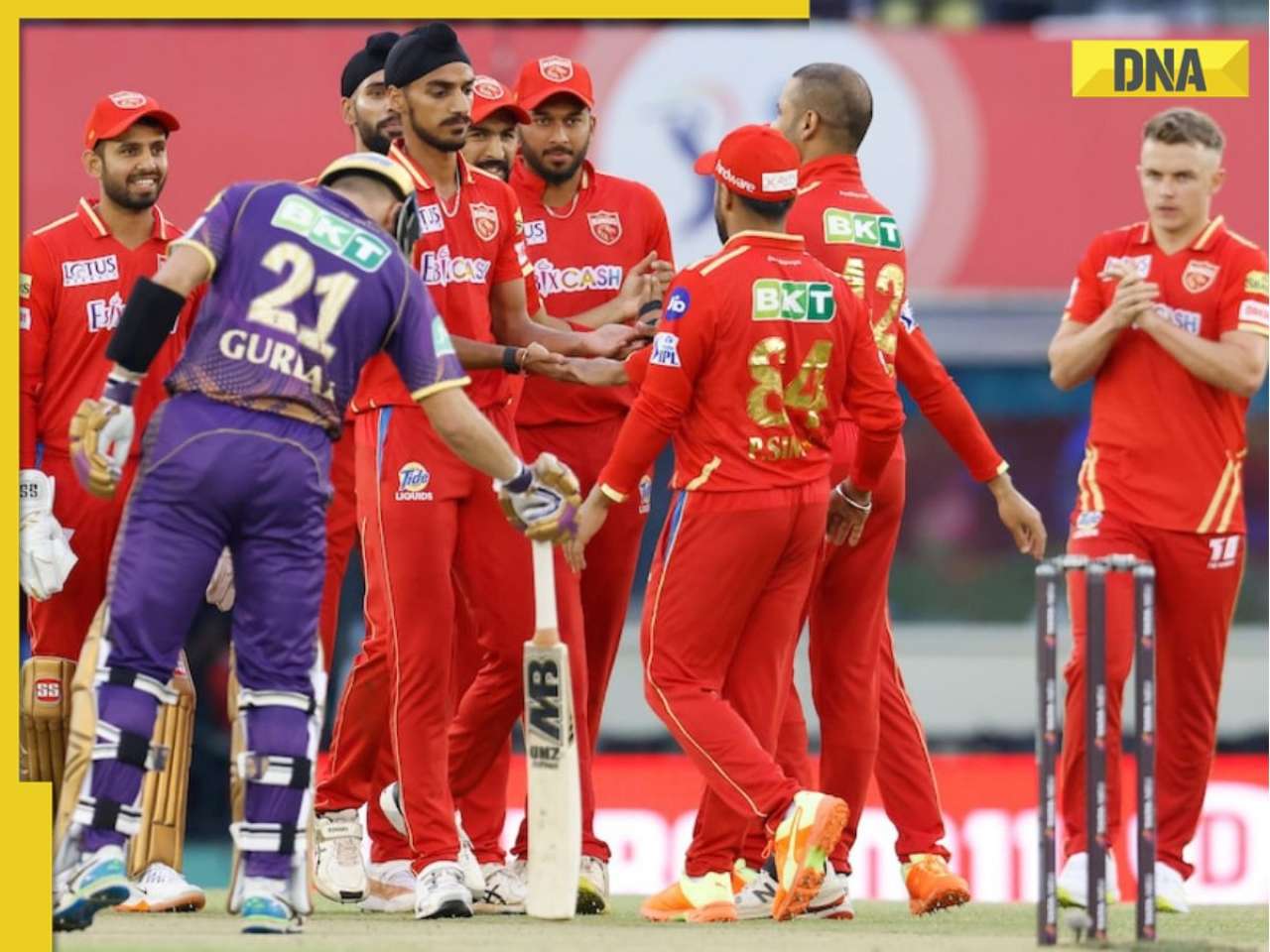




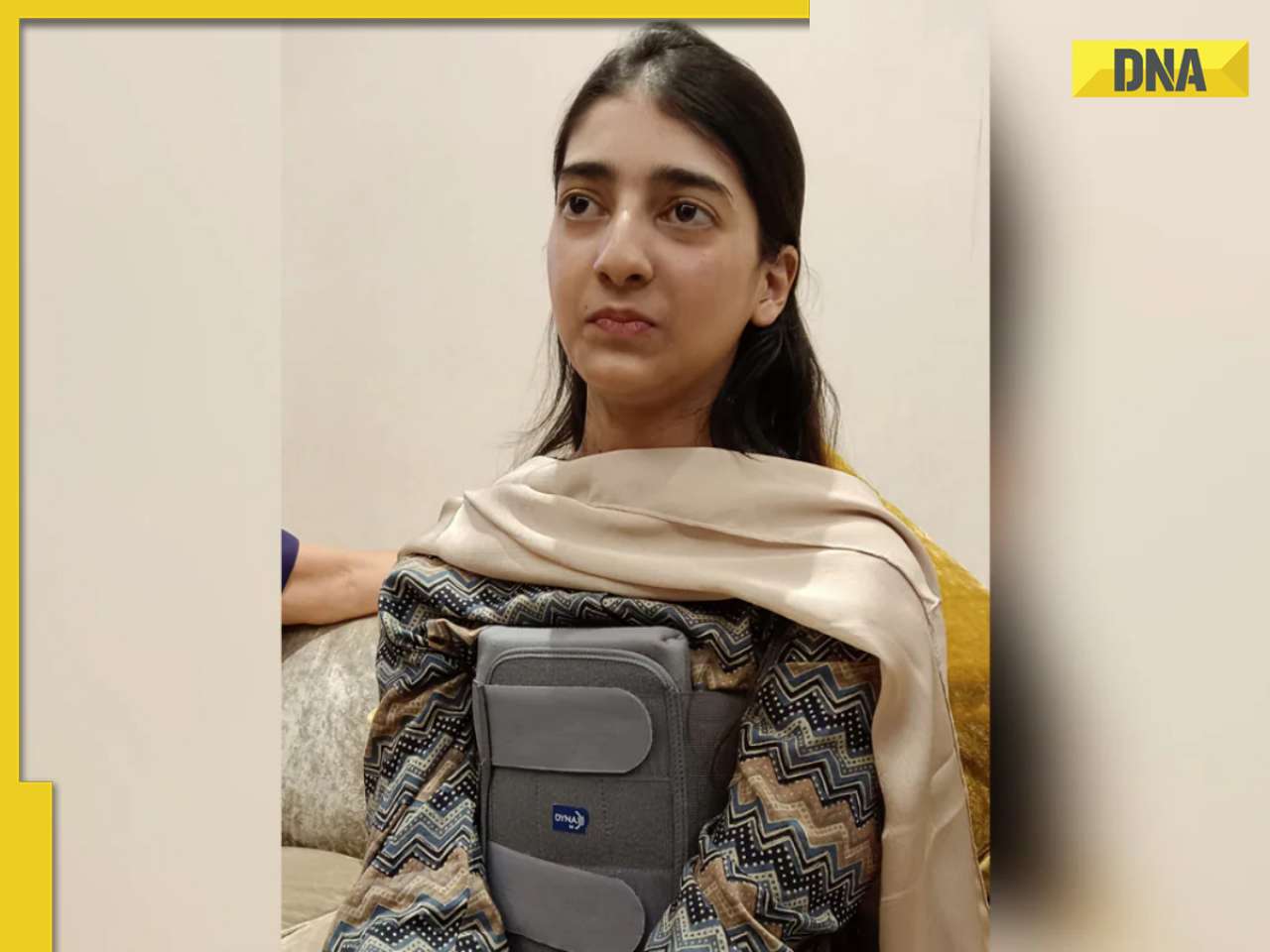


)


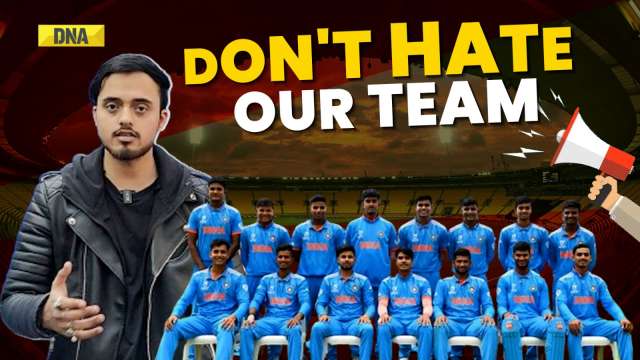

)
)
)
)
)
)